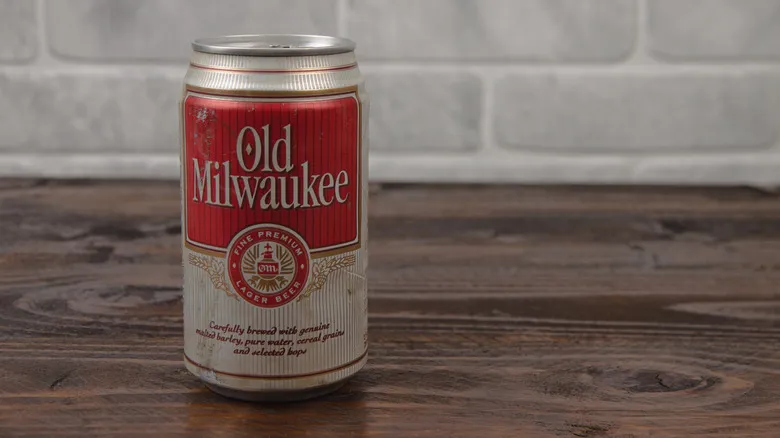How to pair wine with pastas

In addition to pomodoro, there are many popular and delicious pasta sauces, such as Alfredo (which can even be made with cottage cheese!) and puttanesca. Fortunately, there are several reliable tips for pairing different wines with various pasta dishes. When choosing pasta with a red sauce like pomodoro, it's often suggested to enjoy a glass of robust red wine to balance the dish's acidity. Some believe this preference stems from the tradition of red wine in Italian households, given the country's reputation for its rich red wines. However, other wine experts argue that fuller-bodied white wines, such as chardonnay or sauvignon blanc, can also complement pasta dishes, regardless of the sauce.
Sometimes, the choice of wine color is a matter of personal preference. To best follow Scotto's advice, consider the wine's body. Light-bodied wines typically have lower alcohol content and higher acidity, while full-bodied wines are richer and offer a heavier mouthfeel. For tomato-based dishes, a medium-bodied wine is ideal to match the pasta's acidity without overwhelming it. For cheesy pasta dishes like cacio e pepe or Alfredo, a light-bodied wine can enhance the meal's complexity. The same applies to fresh or store-bought pesto, which tends to be earthy and lightly acidic. By selecting a light or medium-bodied wine, you can create a delightful contrast of flavors and let the pasta dish take center stage.
Recommended

How To Store Wine - You're Doing It Wrong All Wrong

The Iconic All-American Beer You Probably Forgot Existed

The Temperature Mistake You're Making With Red Wine

The Discontinued Beer You Forgot Budweiser Once Made
Next up

